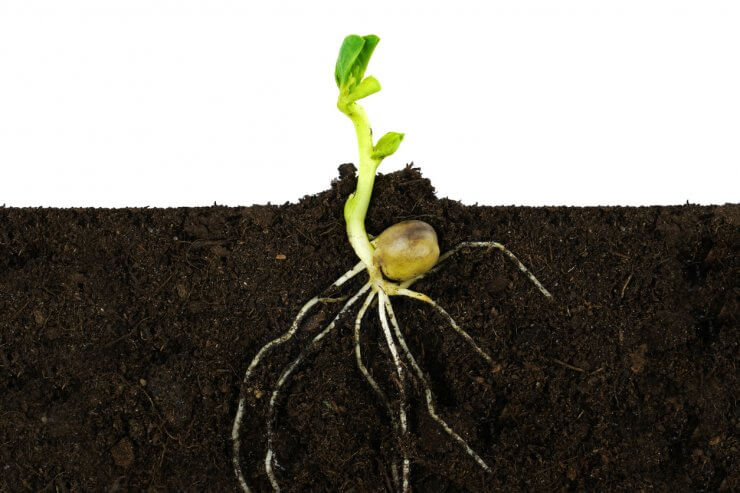
Pea roots.
Pea Aphanomyces Root Rot, also called common root rot, is a serious disease that can affect pea plants. The fungus, Aphanomyces euteiches, lives in soil and thrives in wet conditions and warm weather. Stems and leaves will show no symptoms.
What does Pea Aphanomyces Root Rot look like?
Young seedlings affected by root rot will die quickly. Established plants grow poorly and have trouble forming seeds. Plant tissue becomes water-soaked, soft, and discolored.
What causes root rot?
Spores of the fungus enter the soil as plants break down. The fungus can remain dormant for years before activating in warm and wet conditions.
How can you control and treat root rot?
Applying fertilizer liberally can help the roots grow fast, outstripping the disease. And nitrogen can suppress the spread of the fungus
How can you prevent root rot?
There are lots of ways you can take measures to prevent root rot in the first place:
- Plant in an area with good drainage.
- Work plenty of compost and organic matter into your soil before planting so that the plant’s root system has a better chance to grow strong and deep.
- Mulch plants once planted and started growing to maintain moisture levels.
- Provide adequate support for your pea vines.
Do your pea plants suffer rot? Do you have any great tips about how to avoid pea root rot? Please tell us how you deal with pea plant rot in your garden.


 Previous
Previous

